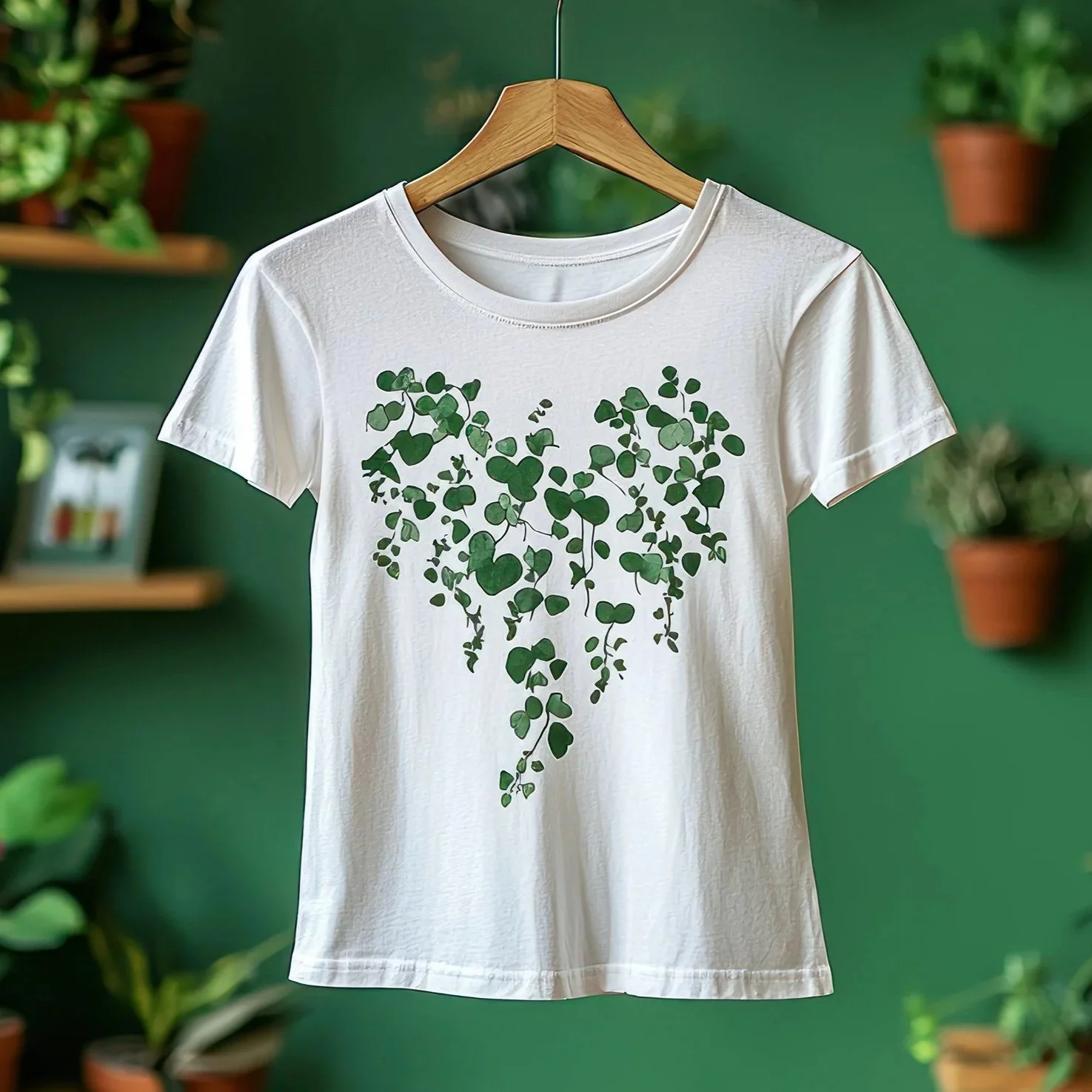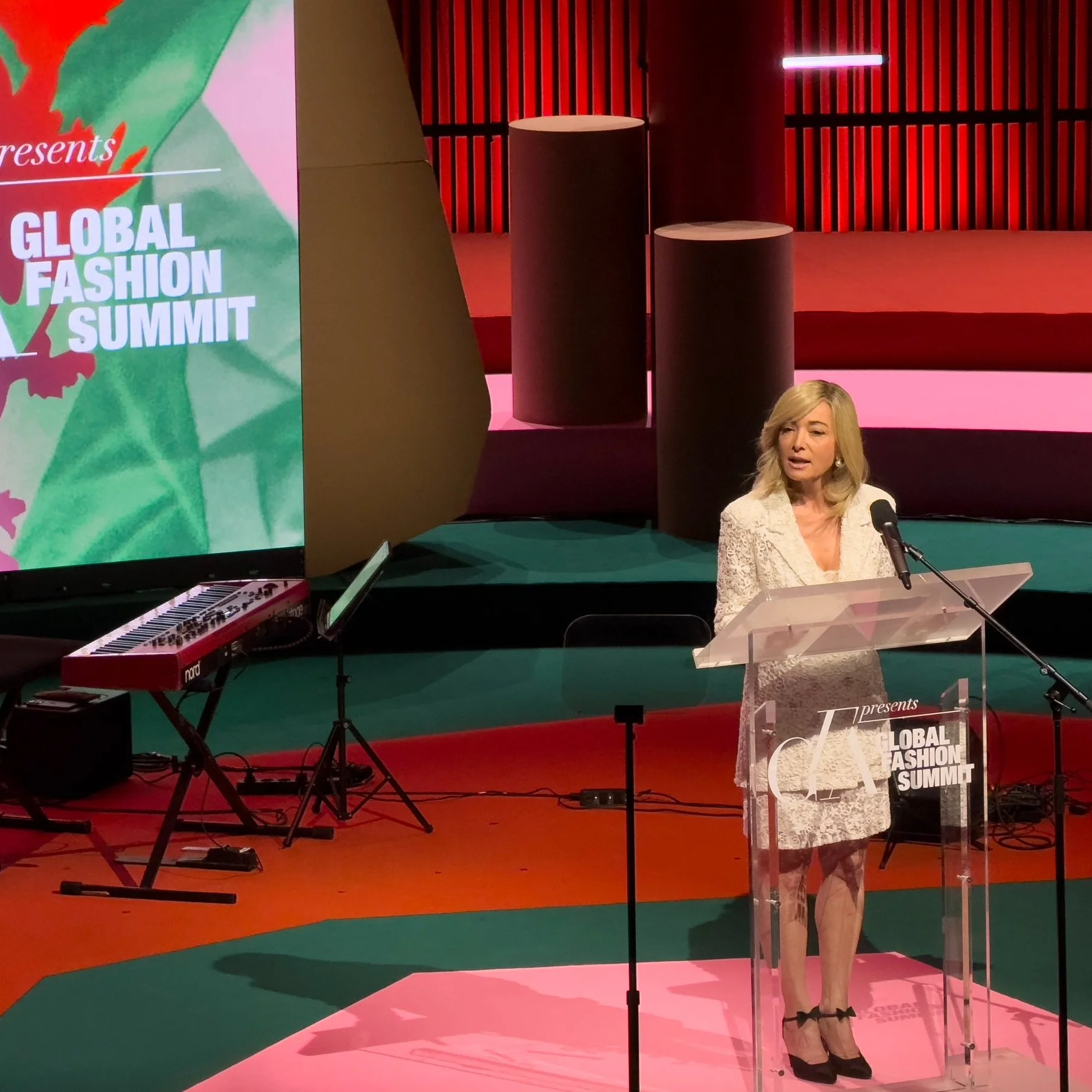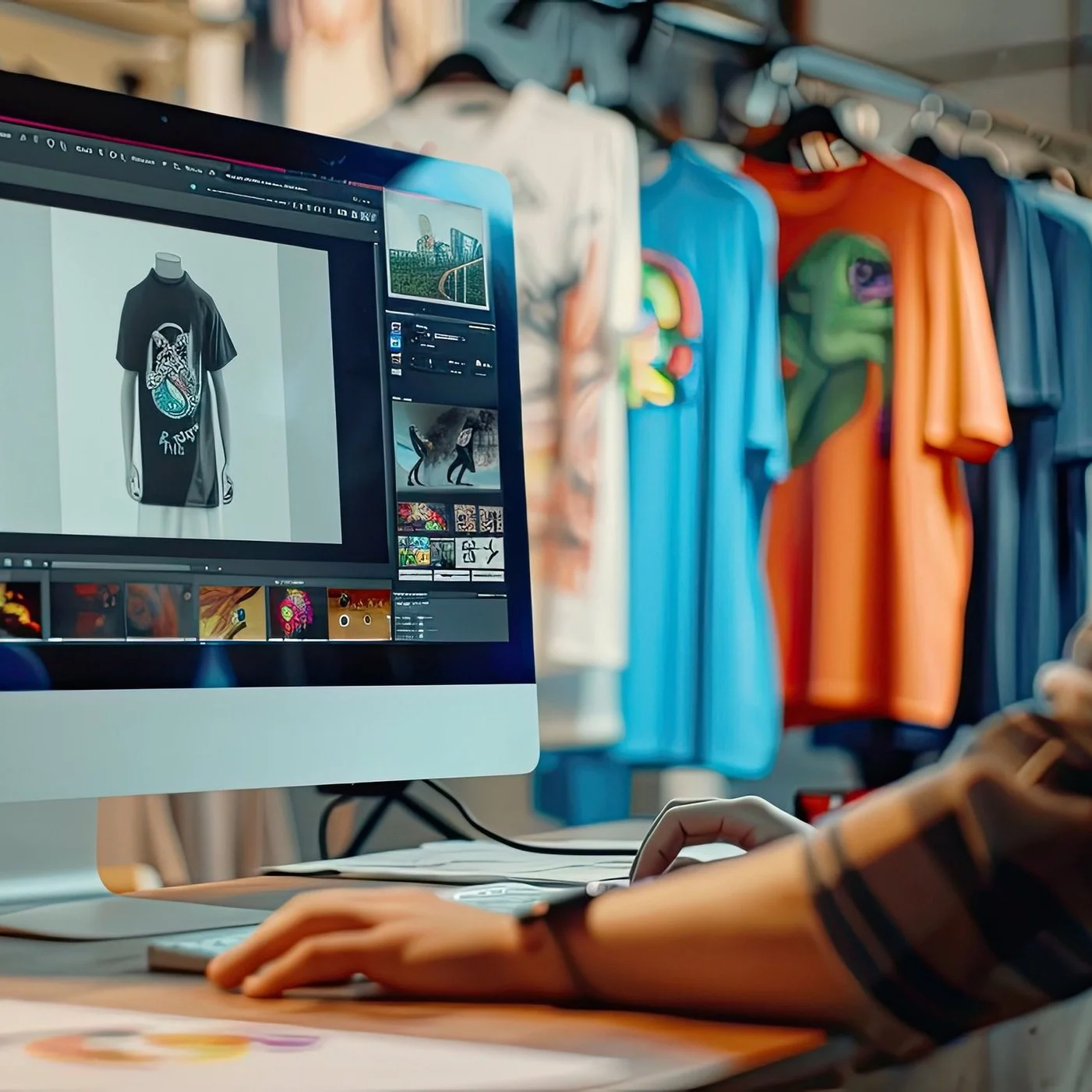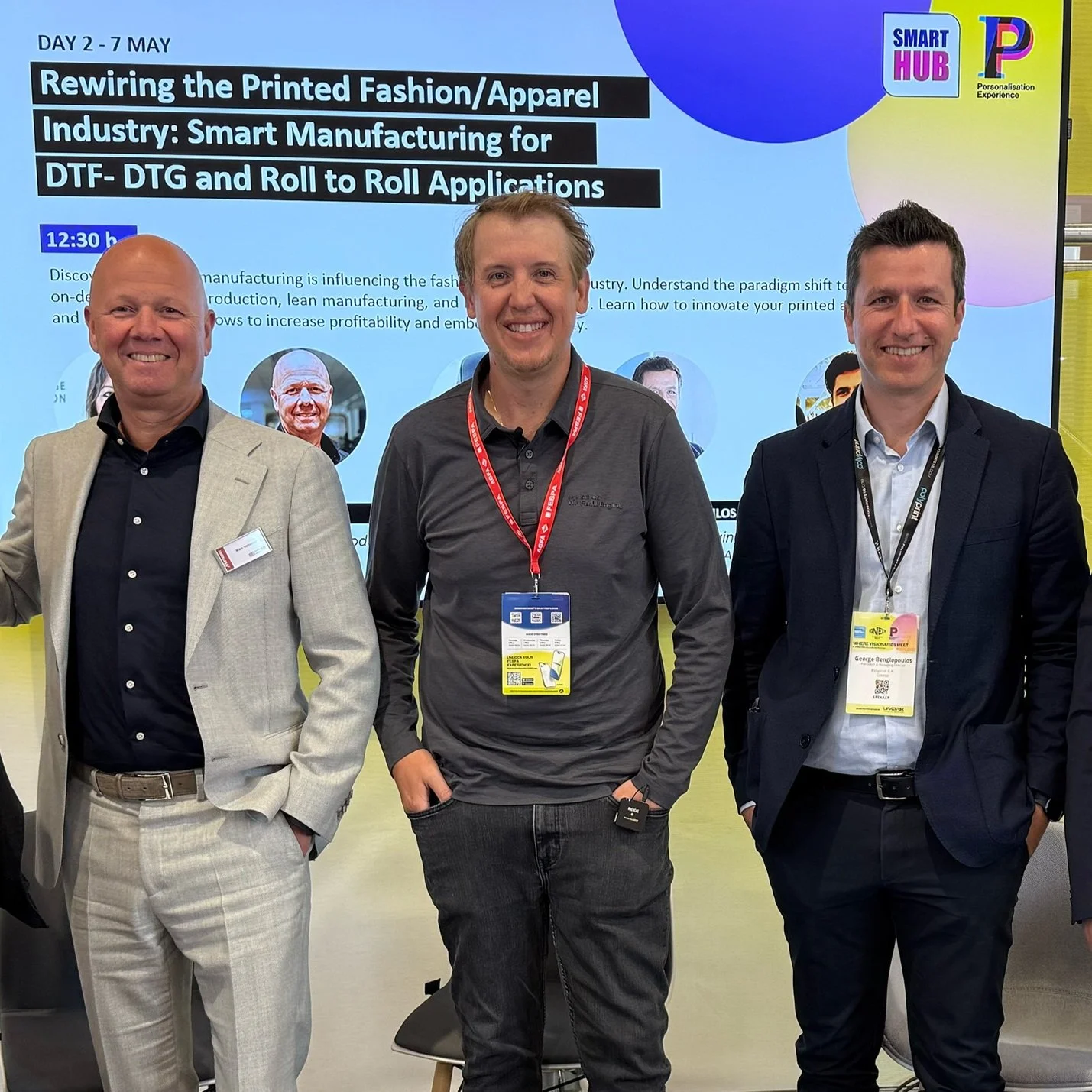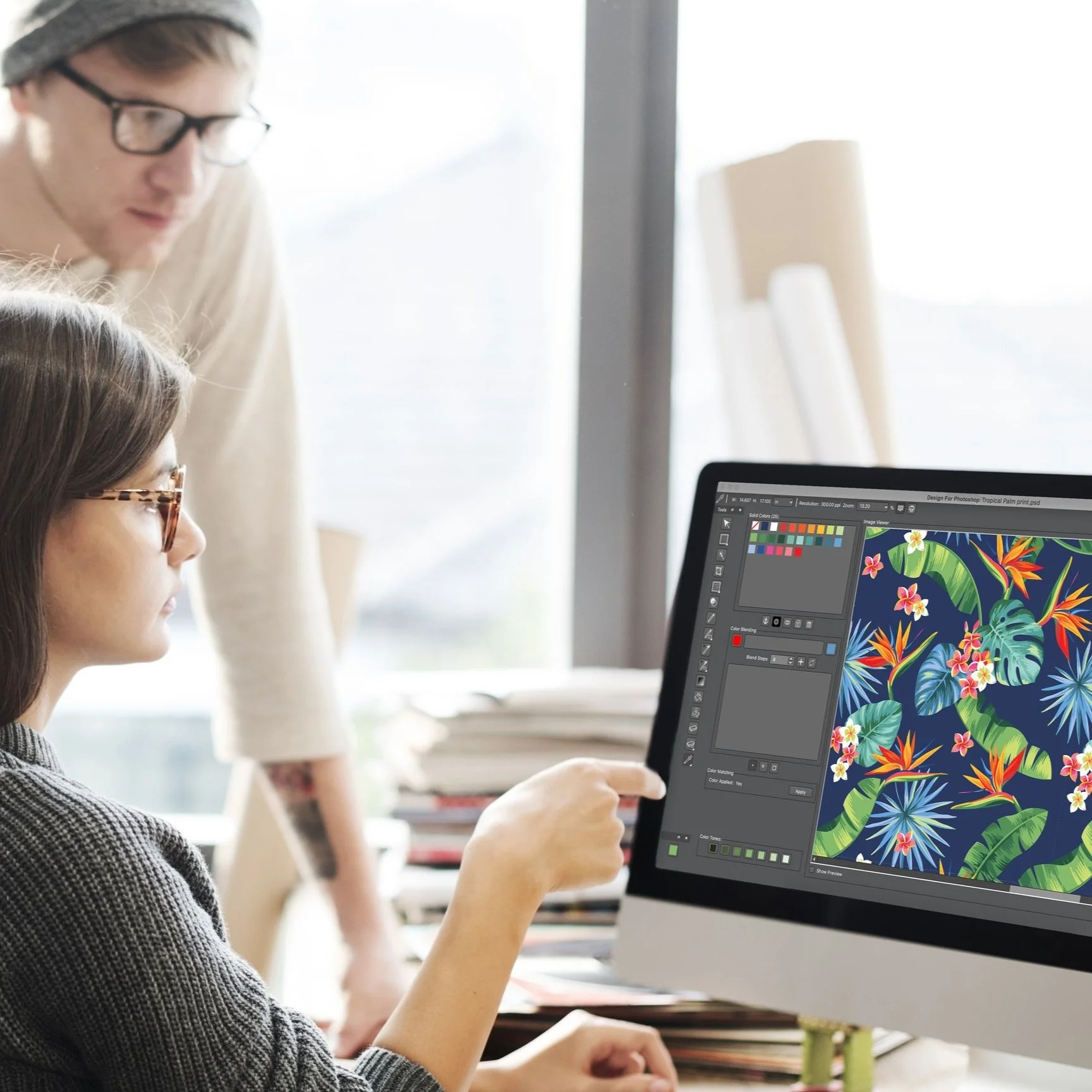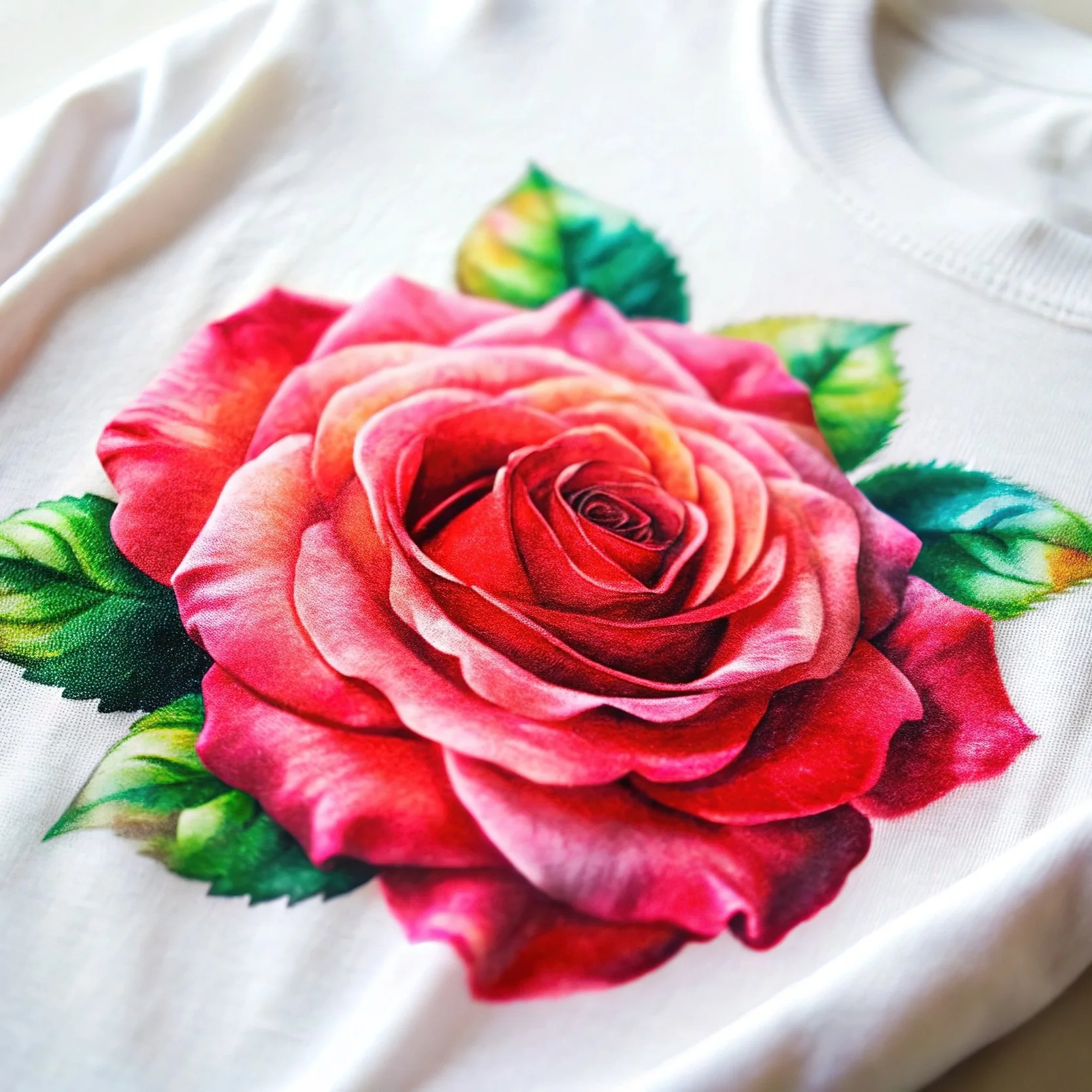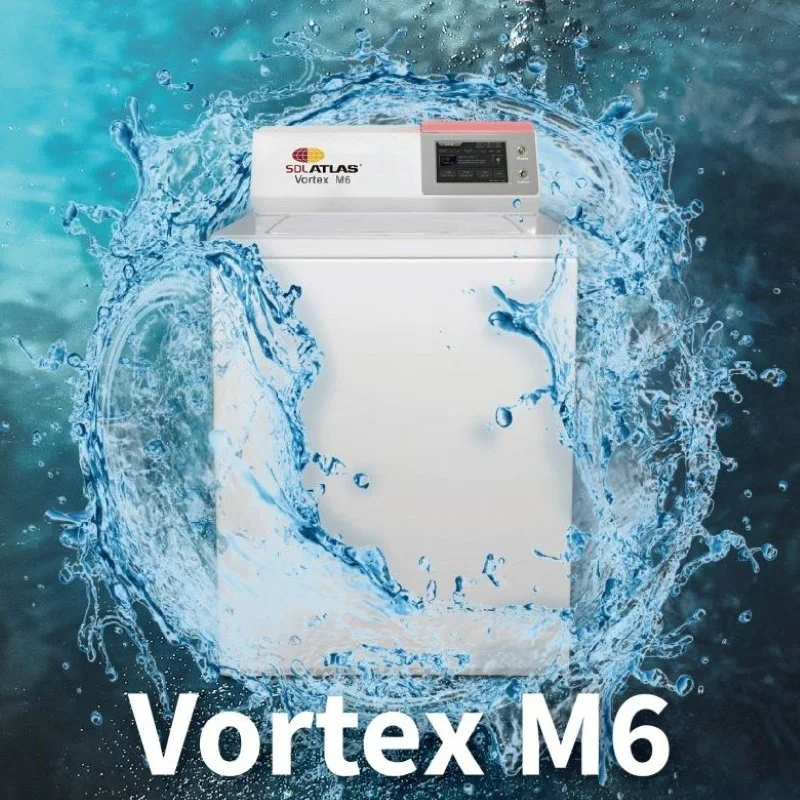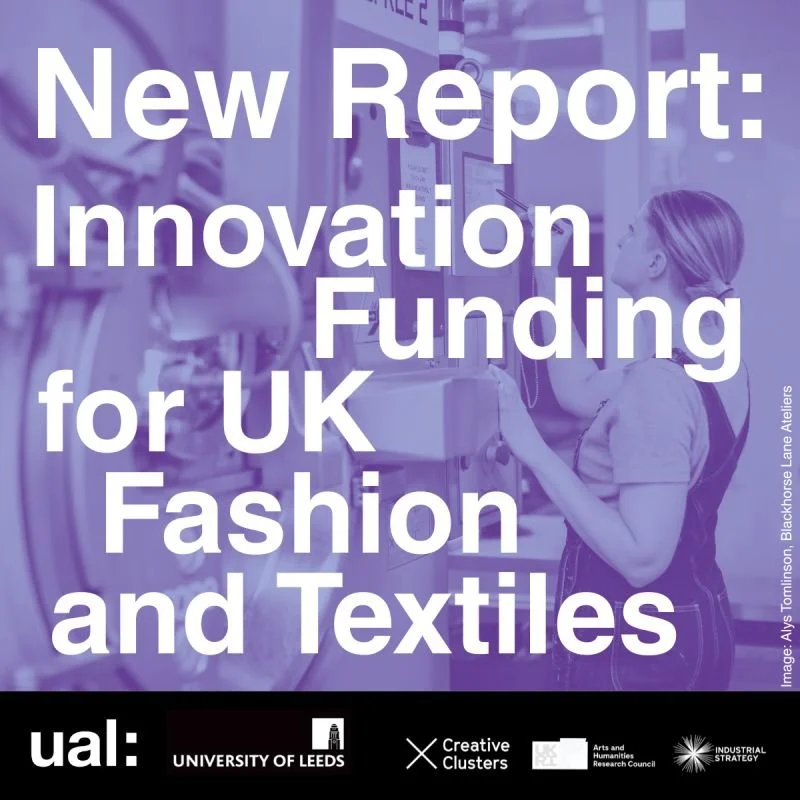TRANSFORMING PRINT: HOW TRAPIS TRANSFER TECHNOLOGY FROM MIMAKI SHAPES TOMORROW

“This groundbreaking technology offers a viable alternative to direct to fabric print solutions - it offers a resource efficient, sustainable method of print transfer and is setting a new benchmark for the future of printing. By minimising waste and maximising productivity, the TRAPIS solution addresses our industry's demand for eco-conscious and high-performance manufacturing solutions” Debbie McKeegan, CEO TEXINTEL
TRAPIS (Transfer Pigment System) from Mimaki is spearheading a transformation for the printing industry, by redefining traditional print methods with cutting-edge innovation.
This groundbreaking technology offers a viable alternative to direct to fabric print solutions - it offers a resource efficient, sustainable method of print transfer and is setting a new benchmark for the future of printing. By minimising waste and maximising productivity, the TRAPIS solution addresses our industry's demand for eco-conscious and high-performance manufacturing solutions.
In a recent conversation with Marc Verbeem of Mimaki Europe B.V.
Texintel CEO, Debbie McKeegan, rewound the discussion to explore the basics of TRAPIS, to discover more about Mimaki’s game-changing TRAPIS technology - A solution that has the potential to disrupt the textile printing industry. Watch Here:
TRAPIS leverages the advantages of pigment inks and their operational benefits to offer a waterless, sustainable print transfer method. This technology is a significant departure from traditional analog printing methods, specifically - in its approach to the use of ink jetted pigment inks onto a newly developed Texcol transfer paper from Coldenhove. Once printed, the image is then transferred onto any suitable fabric using a high-pressure calendar, from Klieverik or Monti Antonio. Note: The heat transfer calendar is specifically adapted for this process.
A major advantage of this application is the ability to transfer directly to textiles, with no requirement for pre or post finishing.
Thus, enabling the printer to seamlessly transfer onto both synthetic and cellulose bases. In unlocking this flexibility, TRAPIS facilitates the use of a variety of fabrics, for multiple printed textile applications: Fashion, Decor, Sports, Graphics, Wide Format, Homeware. It also embraces the need to align print process with new and established materials, and bio-materials like hemp and vegan leather, to deliver a print method that is considered and potentially circular.
TRAPIS signposts and champions a focus on print process, and best practice - to accelerate prints beneficial impact on sustainability and environmental efficiency, to deliver a disruptive innovation, with the power to facilitate a new era of sustainable, circular print, which is beginning to unfold.
The transformational power of TRAPIS technology lies in its inherent commitment to sustainability, manufacturing agility and efficiency. Not only does it significantly reduce ink usage, but it also offers impressive energy savings. Better still, this technology boasts a waterless process, a key factor in endorsing a more circular production approach, echoing trends towards sustainability in a world grappling with the impacts of climate change.
Beyond its green credentials, Mimaki's TRAPIS technology simplifies the printing process, whilst providing a user-friendly experience. It presents a wide, vibrant colour gamut that delivers high-quality printed output across a diverse and often challenging applications landscape. In comparing TRAPIS with traditional printing methods, the conversation emphasised the adaptivity and cost-effectiveness of this technology. It minimises overhead costs by reducing resource consumption, offering more than just environmental benefits; it also provides a tangible and significant financial advantage to businesses.
The key takeaways from this discussion with Marc Verbeem underscore the importance of innovation, sustainability, and manufacturing efficiency within the print industry.
As we move forward - both production efficiency and environmental responsibility are critical - Mimaki's TRAPIS technology emerges as a leading innovation capable of meeting our industries demands. The potential impact of this new printing application, whilst still new to the industry, is far-reaching and will facilitate change.




